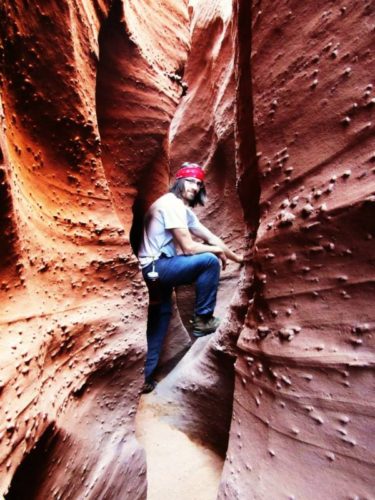

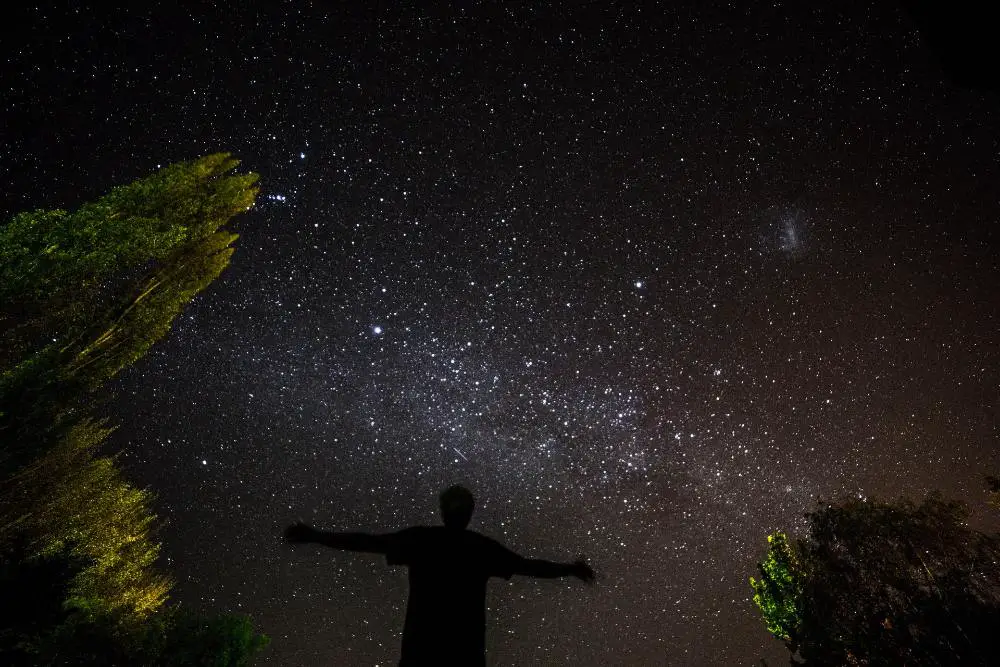
When wild camping, you can totally immerse yourself in nature, get away from the mundane urban environment and feel a sense of peace and calm, resetting your mind.
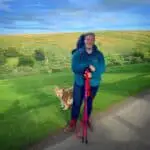
Daisy Atkin: I am fortunate enough to live in beautiful Devon, England. Together with my four-legged best friend, I split my time between wild swimming, trail running, hiking and wild camping on the moors. I am passionate about opening up the outdoors to everyone, regardless of financial situation, ability or background. When not outside, I’m usually found baking in my kitchen or planning my next adventure!
I don’t know about you, but my wild camping adventures usually happen as part of a multi-day or long-distance hike I’m undertaking, and although they do come with the benefits listed above, I’m often found looking for a flat spot at the end of the day when I’m tired, hungry and just want to pitch the tent. It’s all fun and games, but at the end of the day it just serves a purpose – it gives me shelter and a place to sleep. It’s all rather… utilitarian.
Whilst I’ve wild camped in some amazing locations, the best ones I’ve experienced have been when I’ve woken up in the middle of the night, usually with a full bladder and desperately trying not to think about how cold getting out of my sleeping bag will be. After an excruciating game of ‘should I / shouldn’t I’ and getting out to pee, I find myself stumbling about in the dark, trying to find the perfect spot… and then I look up. To say my night-time toilet habits come with a view is an understatement.
Making your wild camp all about the destination rather than the journey requires a bit of forward planning, but is well worth doing the research beforehand. Of course the two are not mutually exclusive – an amazing wild camping location under the stars will almost certainly be preceded by an equally spectacular hike to your chosen spot. Think remote… really remote.
The International Dark-Sky Association (IDA) is the recognized authority on light pollution, and leads the way combating light pollution across the globe. Their vision is to celebrate and protect our dark skies, providing a shared environment which everyone can benefit from. Since 1988 IDA has led the movement to protect the night from light pollution, and has designated more than 170 Dark Sky Places in that time – protecting over 110,000 sq km of dark places around the globe.
IDA have five different types of designation for Dark Sky Places, but for the purposes of this blog we will focus on the ones which offer the best of both worlds – whilst remote and spectacular, they are also accessible to the ‘everyday adventurer’.
Known as International Dark Sky Reserves or Parks, these places consist of a dark ‘core’ zone surrounded by a populated periphery. Think National and State Parks, mountain ranges, forests and tundra areas. Anywhere sparsely populated but still within the grasp of most people.
As humans, we tend to live by routines – we go to work, we walk the dog, eat, sleep, get up again in the morning and continue. For most of us, the days of living by our natural body clocks are long gone, and instead our lives are ruled by alarms, artificial light, technology and schedules.
(I don’t know about you, but the worst part of the day for me is the crass beep of my alarm jutting through my brain as I blearily awake from my slumber. Whenever I’ve wild camped and not used an alarm, I’ve always felt so much better sleeping and waking with the natural light.)
To live as our ancient ancestors did, guided by our natural circadian rhythm, is a way of completely letting go and bringing our bodies back to their instinctive state of being. It is something I am certain that we do not do enough of as human beings. And this is where the adventure of a wild camp can be used as the catalyst to return to nature and let our bodies and minds revert to their instinctive survival mode, which in my experience can be like taking the first breath of fresh air after swimming underwater – it makes you feel alive.
Scouting out locations for a Dark Sky experience is really simple – the IDA website lists all their designated places and what type of designation each place has.
Once you’ve located a place near enough to you, check the rules on wild camping and then look at a map for a suitable wild camping spot. For a really epic experience, you’ll want to find somewhere which gives you a great view of the night sky – so open spaces, hills, lakes are all going to be a good bet. Use your knowledge of the area and your outdoor skills to suss out the perfect spot, and remember to Leave No Trace!
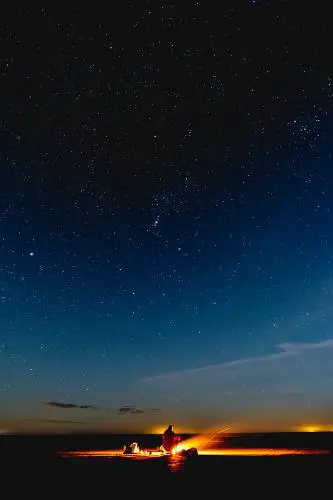
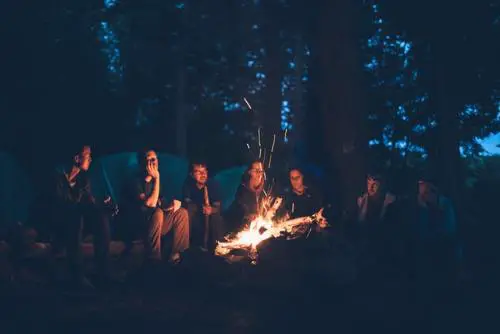
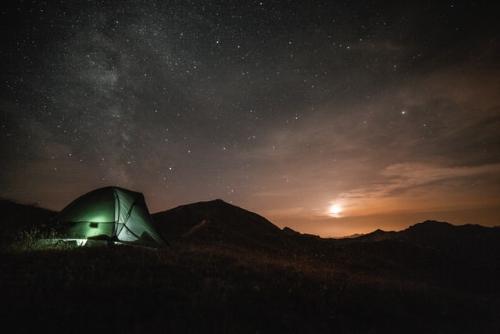
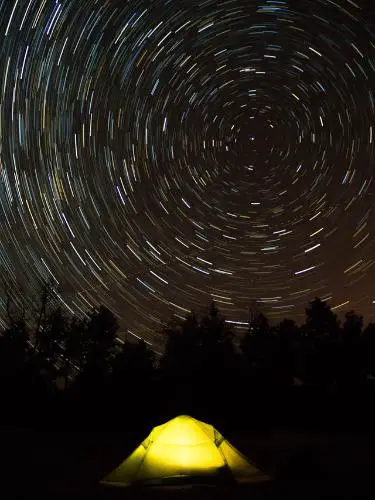
Dark Sky Reserves are located across the world, and with over 170 to choose from, there’s likely to be one near you. Many are found within the temperate / four-season climates, particularly across the USA, Northern Europe and Oceana. The more remote places which are home to Dark Sky Sanctuaries tend to be slightly more out of reach – including the Pitcairn Islands in the South Pacific Ocean, located approximately 4,500 miles from mainland USA and 3,000 miles from Hawaii!
In terms of when to go stargazing, summer is generally better for keeping warm at night, but naturally attracts more people to outdoor activities. Being the misanthrope I am, I prefer to wrap up warm on a clear winter’s night and head out to be completely alone, absorbed in nothing but the beautiful sky blanket above me.
Many US National and State Parks are designated Dark Sky Reserves or Parks. In Northern Europe, large stretches of open moorland and upland ranges such as the Breacon Beacons (UK) or Westhavelland in Germany tend to be designated places. If it’s reasonably remote, there’s a good chance it will have some level of Dark Sky designation.
If you’ve camped before, you can wild camp. If you’ve wild camped before, you can do a wild-camp-stargazing trip. The difference between camping and wild camping is that you really do need to carry everything in and out with you, and leave nothing behind except a slightly flattened patch of grass where you pitched your tent (and even then you’ll find some purists who like to rough up the grass before they leave – not me though).
Wild camping is all about being discrete – pitch late, leave early and avoid being seen by too many people. In remote locations, this shouldn’t be too difficult, especially in bigger spaces in the USA, but in more densely populated Europe, the best wild camping spots also tend to be the busiest, and there is nothing more disheartening than turning up to your chosen spot to find it bagged by someone else first. Always have a plan B!
Wild camping, like many adventure activities, comes with a certain level of risk. But as with all these things, risk is down to being sensible, staying within your limits and knowing when to say no. If you’re hypothermic and miserable, pack up and go home. Don’t stay out just because you think you have something to prove! If this is your first time going wild camping and you’re worried about making it through the night, then there’s no harm in staying within a half mile of your car, so you have a back up escape route if you need it.
Temperature and warmth will be the biggest issue for stargazing. Cloudless nights are the coldest! Nights are cold, even in the summer, and you’ll need to make sure you have plenty of layers, gloves, hats etc. to keep warm with. Make a hot drink before bed in a thermos, and have it handy to sip at when you’re watching the skies.
As with many things, what wildlife you can expect to encounter depends on where you are in the world.
A quick look at the Cosmic Campground Dark Sky Sanctuary (how cool does that sound?) tells me that I can expect to encounter everything from the terrifying-sounding Gila Monster to the slightly less frightening bighorn sheep. And if you’re really lucky, maybe some bats and owls!
Know the region you’re in and do your research on what you might encounter before heading out, and take appropriate precautions – including bear spray!
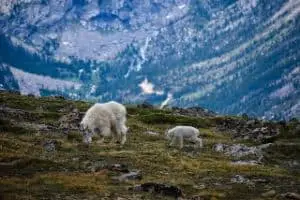

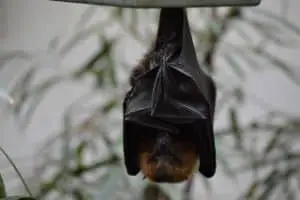
Take it from a big girl – you don’t need much fitness to wild camp. After all, you’re spending most of your time sleeping, something I excel at!
But if you really want to get into the spirit of things, you’re probably going to want to have a decent hike in, which means you should be able to cover up to 5 miles comfortably carrying a (heavy) pack.
If you’re lucky enough to have a Dark Sky Reserve somewhere with a designated campground, or with minor roads passing through, then you can of course choose to stay closer to your car. That said, you’re likely to encounter fewer people the further away you go!
Start by building up your hikes on different terrains. Take it slowly and incorporate hills into your walks to strengthen your leg muscles. The longer hikes you can do, the more places you can go!
You really don’t need to spend much to get going with wild camping, and tents can be picked up pretty cheaply these days. Unfortunately the lighter you want to make your pack, the more expensive things tend to be.
If you’re just starting out, then you can get away with investing in a simple two-man tent for around $70. Some are as low as $30 second hand! Have a look at bivvy bags and tarps too – a really simple survival bivvy can be as low as $10, but you should aim to spend around $50-$100 on a good, breathable bivvy bag.
Sleeping bags and mats are all down to personal preference, but remember that it is not just your sleeping bag which keeps you warm – you’ll need to be insulated from underneath too. A simple air mattress isn’t going to keep you warm on cold ground, but if you put a cheap foam roll mat underneath you’ll be amazed at the difference. If you want to splash some cash, then you’re looking at around $150-$200 for an insulated lightweight mattress.
This is down to personal preference and how much you plan on eating! For a simple overnight camp, you don’t need to spend much more than $10 on food and drink. Water is free, and you can take food from home to keep you going.
Sleeping wild? It’s free! Just check for any permits required for National or State parks.
Depending on where you live, you may have to travel a bit to find your nearest Dark Sky Reserve. Fuel will be your biggest cost factor here as using your own two feet to hike to your sleeping spot is free!
If you want to invest in a telescope, binoculars or astrophotography equipment, these can come with a pretty hefty price tag. Second-hand purchases are generally much better when starting out, and can save you a significant amount of money. Don’t be afraid to borrow sleeping bags or tents from family and friends if you’re new to all this – don’t invest $500 into a state-of-the-art camping arrangement only to find out that you really, really hate the outdoors.
Best tip for keeping warm? Bring a Nalgene bottle, fill it with boiling water before you go to bed and shove it in your sleeping bag with you. It will keep you warm all night and in the morning you’ll have clean water to drink.
Lastly, you can’t guarantee the weather. Even the most accurate of forecasts can be wrong, and sometimes you just have to accept that cloud cover is going to make stargazing hard tonight.
If you want to go stargazing, choose a new moon. If you want to bask in the moonlight (maybe after a Christmas snow?), go with a full moon.

Of course! Remember to stay discrete though when wild camping – no more than 3 tents in a group and no parties, please.
I know people who have taken babies wild camping, so no – you’re as old as you feel!
Remember to do your thing well away from any watercourses, and pack a trowel to dig a cathole to drop your leavings into. Cover the hole afterwards to stop any unsuspecting wildlife having a dig.
See Notes on transportation in the Finances & Budget section.
See notes in the “Where and When to Go?” section.
Yes! Many places offer guided hikes and wild camp experiences, including Dark Sky experiences.
Copyright 2021 – Adventure on the Cheap (SRVS)